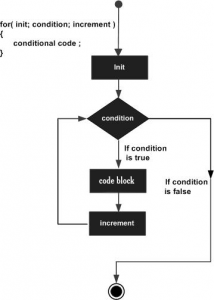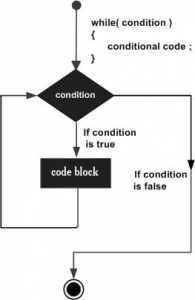Basic types and their use in Python
- Numbers
Number data types store numeric values. Number objects are created when you assign a value to them. For example:
var1 = 1
var2 = 10
var3 = var1 + var2
print(var3)
Run code -> 11
- String
Strings in Python are identified as a contiguous set of characters represented in the quotation marks.
str = ‘Hello World!’
print(str)
Run code-> Hello World!
- List
Lists are the most versatile of Python’s compound data types. A list contains items separated by commas and enclosed within square brackets ([]). The values stored in a list can be accessed using the slice operator ([ ] and [:]) with indexes starting at 0 in the beginning of the list and working their way to end -1.
list = [ ‘abcd’, 786 , 2.23, ‘john’, 70.2 ]
print(list)
print(list[0])
Run code:
[‘abcd’, 786, 2.23, ‘john’, 70.200000000000003]
abcd
- Tuple
A tuple consists of a number of values separated by commas. The main differences between lists and tuples are: Lists are enclosed in brackets ( [ ] ) and their elements and size can be changed, while tuples are enclosed in parentheses ( ( ) ) and cannot be updated. Tuples can be thought of as read-only lists.
tuple = ( ‘abcd’, 786 , 2.23, ‘john’, 70.2 )
print(tuple)
print(tuple[0])
Run code:
(‘abcd’, 786, 2.23, ‘john’, 70.200000000000003)
abcd
- Dictionary
They work like associative arrays or hashes found in Perl and consist of key-value pairs. Dictionaries are enclosed by curly braces ({ }) and values can be assigned and accessed using square braces ([]).
dict = {}
dict[‘one’] = “This is one”
dict[2] = “This is two”
print dict[‘one’]
print dict[2]
Run code:
This is one
This is two



